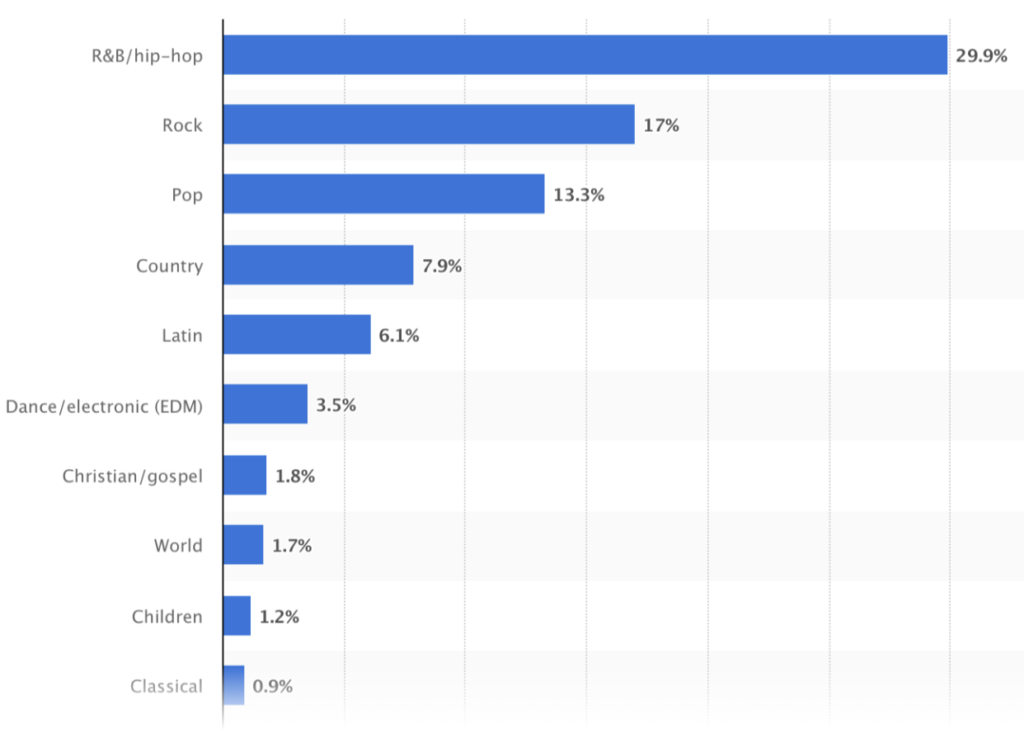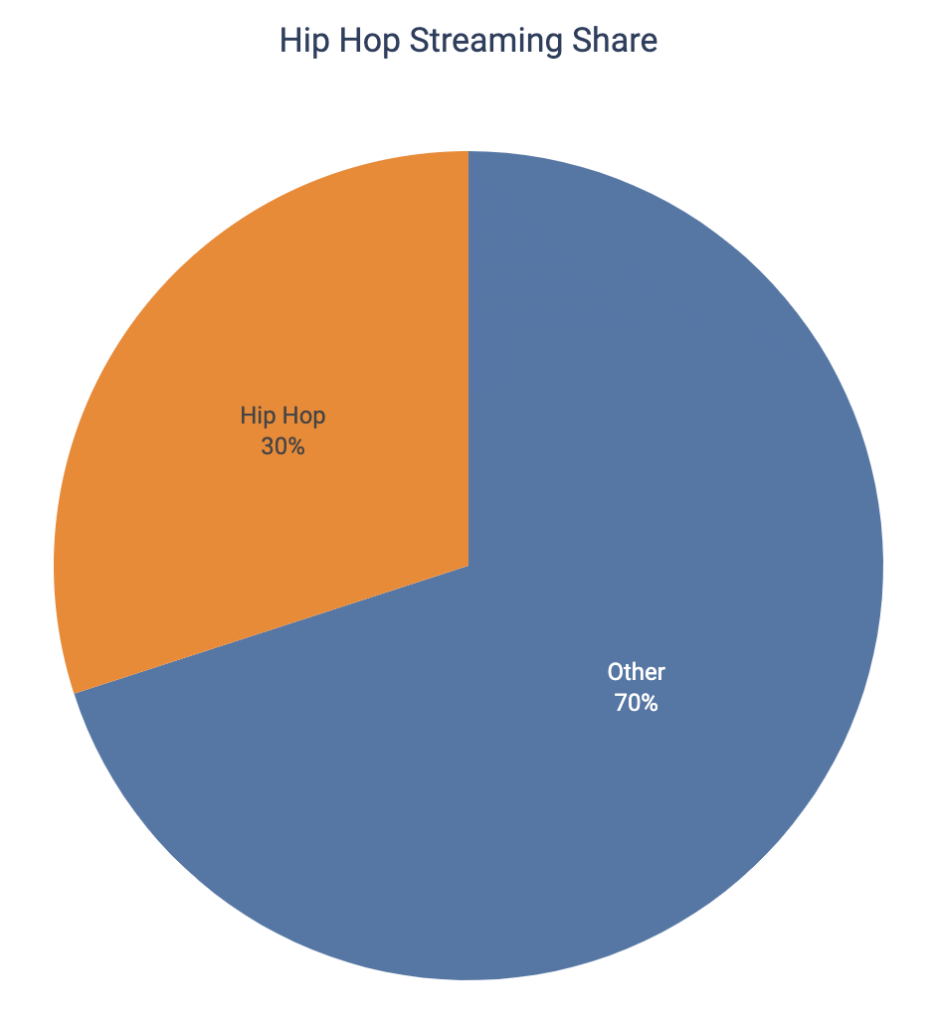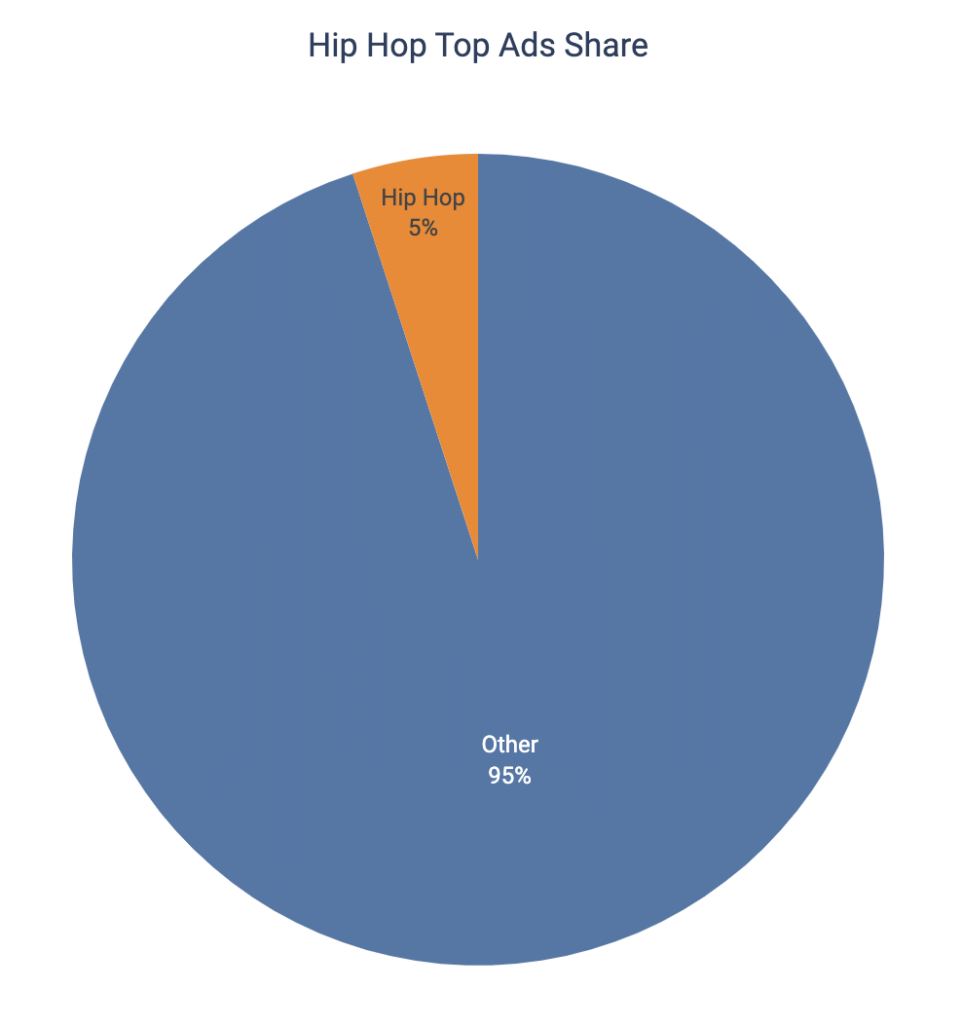What the data says about 2022’s Greatest Sporting Events, and the Ad-Music we Loved & Hated
It’s that time of year again folks; The Super Bowl. And we all know what that means – Americans will be glued to their screens, not just watching football, but also attentively watching the best ads our industry will collectively put out in a single event.
So in honor of (arguably) the greatest sporting event of the year, we took a look at the ads of the major sporting events of 2022 – a unique year with coinciding Olympics, the World Cup, and of course the Super Bowl – and the music that makes those ads stand out, in a way only SoStereo can. We leveraged our AI technology to analyze all of the top ads that ran during the 2022 Super Bowl, Olympics and World Cup, and leveraged iSpotTV’s Likeability and Attention scores to see if there was any correlation between music and Likeability/Attention. What we found was fascinating.
The first thing that stood out is that we seem to have a misguided bias towards Orchestral music in ads. Out of all of the ads analyzed, 31% of them featured Orchestral/Classical music – as much as the next 6 genres combined.

What’s worse is that of the spots in the top 10 Likeability score, the only ad with orchestral music was just that – 10th. As for Attention, there was only one ad with orchestral music in the top 12 – coming in at 7th. Looking strictly at the Super Bowl commercials we analyzed, it was dead last in Likeability of that sub-segment. Ouch!
What’s more head-scratching is that these data-points seem rather obvious if we look at it through the lens of logic. According to Statista, of all of the music streamed in 2021, Classical/Orchestral music made up just 1% of streams. The fact of the matter is that most people prefer to listen to other genres – more specifically Hip-Hop & R&B, Rock, Pop, Country and Latin, which make up the top 5 and a whopping 74% according to that same survey. Seems rather obvious if you look at most streaming or radio charts, or even YouTube’s top 10 videos. So why as an industry have we insisted on this format even though it so misaligns with the tastes of the general masses?

Based on the above, our data tells a coinciding story. Hip-Hop had the highest Likeability spot, Soul & Funk had the second-highest, and 3 of the top 10 as far as Likeability, and the top 3 as far as Attention scores. Electronic had the 4th and Pop the 5th highest ads in Likeability score.
On the flip side however, Soul & Funk were featured on just 9% of ads, while Hip-Hop – statistically the most streamed genre in the country – was featured on just 5% (!?) of ads.


Remember those top 5 genres, streamed a whopping 74% of the time? They made up a combined 32% of ad-share – barely 1% more than the amount Orchestra was featured in ads. These numbers should raise alarm bells to every CMO and CCO in the country.
So the question remains; why is orchestral so pervasive? Perhaps it’s what creative professionals are used to as a storytelling art-form. Great films have great scores & memorable soundtracks – it’s a surefire way to tell a story through sound. But can a :30 second spot really compare to Indiana Jones or Star Wars and are we falling trap to false equivalency from one art-form to another? Or perhaps it was a question of availability/accessibility. That’s to say, when you wanted an original song/score for a video, it was perhaps easier to get a composer who can deliver top-notch quality orchestral music than, say, someone that can produce top-notch quality Soul or Funk or Hip-Hop. Or maybe it was a matter of taste; executives who thought it would reach a broader audience than if you go via a specific genre. Whatever the initial reasoning, it feels like it’s something that’s become rather standardized with not a ton of research behind it. A default way of doing something that just never got updated.
And let me be clear – this is not to hate on all use of Orchestral music. There are many brands whose products/service, sonic identity and/or audience demographics very much give them reason to focus on Orchestral music for their content. But the point we’re trying to make here is that the vast majority of brands simply don’t have those reasons and should do a thorough audit to understand their missed opportunities when it comes to musicalizing their ads. Not only have audiences evolved, but so has the industry and optionality of tools at our fingertips when it comes to music. The fact of the matter remains, that if you want to reach your audience, there is few better ways to do so than via music, so why not unlock it’s true potential? The next time you try to reach Gen-Z, why not use music you KNOW will cause an impact?
So what? Well you knew it was coming – the hard sell 😉 . Truth is, we’ve made it our mission to enable brands to unlock the marketing power of music, and step 1 in that endeavor is to show them they have options. No longer do they need to use stock music or orchestral music because it’s all they could afford or it’s the only tool to tell the story creatively. With SoStereo, we’re bringing access of real music by real artists – artists with fans and social media followings and Spotify streams and live shows and.. – and making that music one-stop and ready for use in your ads. Music that’s likable, relevant, and that captures people’s attention, because.. Well.. they have the streams to prove it. We’re building the latest tech to make that music easily discoverable, and have an award-winning creative team to help with complimentary music pulls when you don’t have time to search. Don’t just tell the story you wanna tell, make sure you’re cutting through the noise with music your audience will like and pay attention to. Your work deserves as much, and with SoStereo, you can realize that dream.


